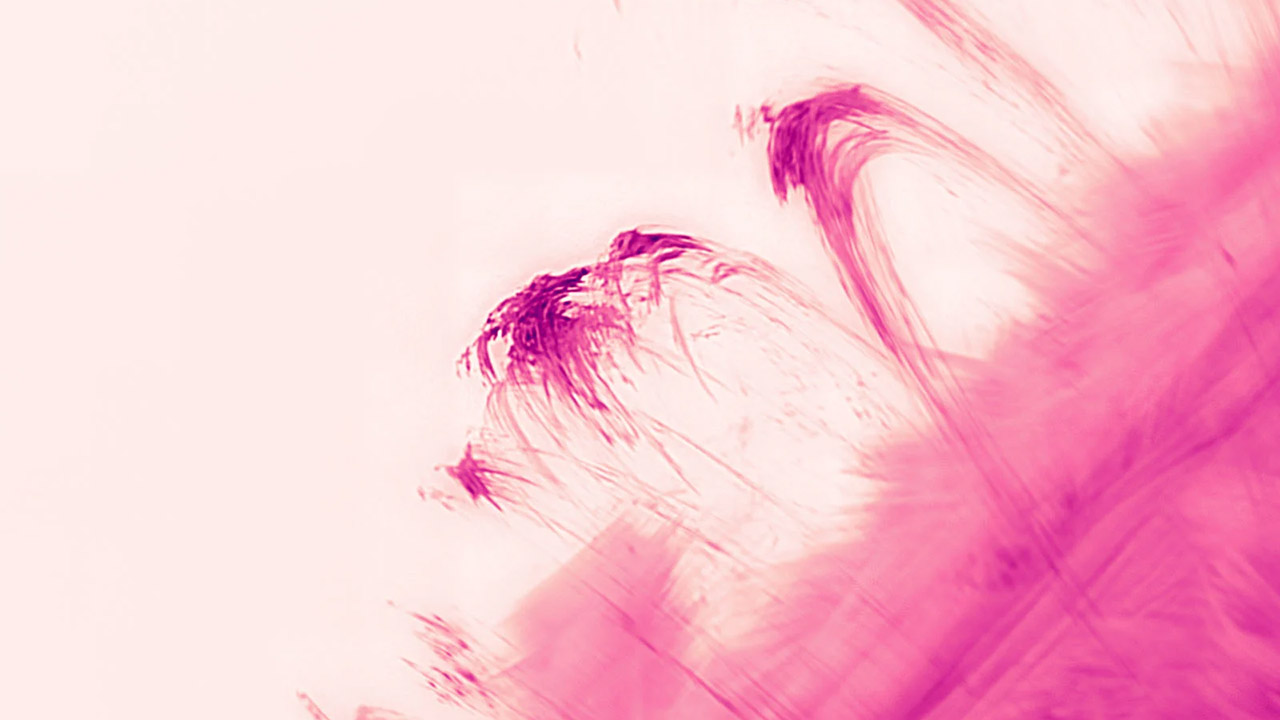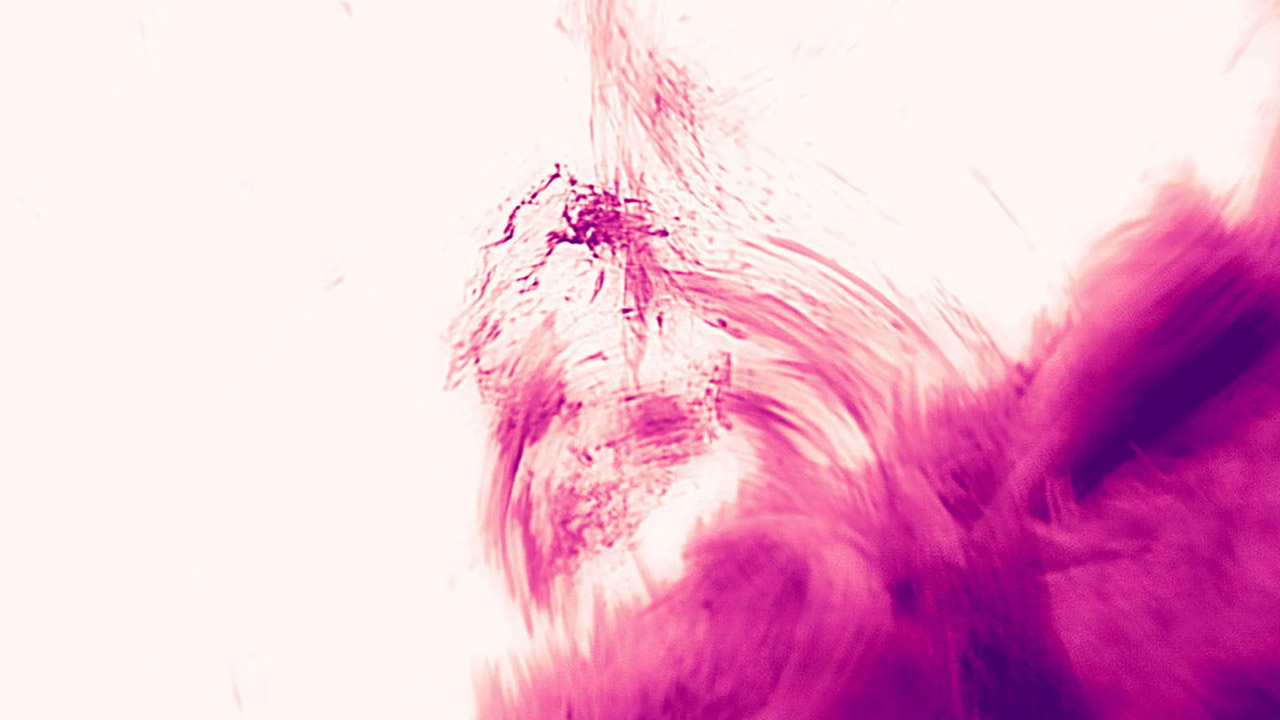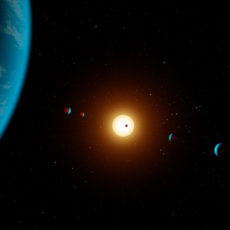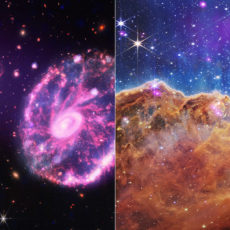
Photo credit: Dirk Schmidt
Staring at the sun’s always been a risky game—its dazzling glare hides a million-degree chaos zone called the corona, only peeking out during rare total eclipses. For ages, scientists have wrestled with Earth’s pesky atmosphere to glimpse this fiery crown in detail. Now, a crew from the U.S. National Science Foundation’s National Solar Observatory (NSO) and the New Jersey Institute of Technology (NJIT) has nailed it, dropping the clearest images and videos ever of the sun’s corona, showcasing its wild beauty in jaw-dropping detail.
The star of this show is Cona, a cutting-edge coronal adaptive optics system bolted onto the 1.6-meter Goode Solar Telescope at California’s Big Bear Solar Observatory. Unlike your average telescope, Cona doesn’t just sit there—it battles the atmosphere head-on. Air turbulence mangles light, turning sharp images into smeary blobs, but Cona’s mirror morphs 2,200 times a second to nix those distortions, delivering visuals so crisp they pick out features just 39 miles wide—over ten times sharper than anything before. “The turbulence in the air severely degrades images of objects in space, like our Sun, seen through our telescopes. But we can correct for that,” says Dirk Schmidt, NSO Adaptive Optics Scientist and Cona’s lead brain.
- Superior Optics: 400mm(f/5.7) focal length and 70mm aperture, fully coated optics glass lens with high transmission coatings creates stunning images...
- Magnification: Come with two replaceable eyepieces and one 3x Barlow lens.3x Barlow lens trebles the magnifying power of each eyepiece. 5x24 finder...
- Wireless Remote: This refractor telescope includes one smart phone adapter and one Wireless camera remote to explore the nature of the world easily...

Why’s this a big deal? The corona’s more than a glowing halo—it’s a fiery playground where plasma hotter than a million degrees twists along magnetic fields, spawning solar flares and coronal mass ejections that can zap Earth with charged particles, lighting up auroras or frying satellites, power grids, and comms. Cracking the corona’s secrets is crucial for forecasting space weather, and Cona’s giving us a VIP pass. “It’s super exciting to build an instrument that shows us the Sun like never before,” Schmidt beams.

The highlights are straight-up mesmerizing: a 23-minute time-lapse of coronal rain—plasma threads as slim as 12 miles, sliding along the sun’s magnetic lines like water in a bent hose, arcing in graceful curves instead of dropping straight. Another clip catches a solar prominence, a massive plasma loop coiling and reshaping with turbulent flair. Most mind-blowing? The first-ever sighting of a plasmoid, a zippy plasma stream slithering across the sun at 62 miles a second. “These are by far the most detailed observations of this kind, showing features not previously observed, and it’s not quite clear what they are,” says Vasyl Yurchyshyn, co-author and NJIT research professor.
Cona’s brilliance is its real-time hustle. Old-school adaptive optics, used for ages to sharpen stars or the sun’s surface, leaned on steady references like granulation patterns, but the corona’s faint, shifty glow was too slippery—until Cona cracked it. It taps hydrogen-alpha light from solar plasma, colorized in images to pop brighter zones in darker shades. “Adaptive optics is like a pumped-up autofocus and optical image stabilization in your smartphone camera, but correcting for the errors in the atmosphere rather than the user’s shaky hands,” says Nicolas Gorceix, BBSO Optical Engineer and Chief Observer.
Down here on Earth, this matters big-time—coronal chaos can mess with GPS, power grids, you name it. Mapping its tiny details helps scientists predict space weather, keeping our tech-heavy world safe. The Goode Solar Telescope, chilling by Big Bear Lake, gets a boost from the lake’s calm waters, which tame the air and cut distortion, teaming up with Cona’s high-tech wizardry.
This feels like cracking open a portal to the sun’s soul. From coronal rain to plasmoids, the corona’s no longer a fuzzy mystery—it’s a vivid, churning universe we’re just starting to get. As Yurchyshyn puts it, “It’s not quite clear what they are.” That’s not a roadblock—it’s a call to keep diving in.
[Source]













